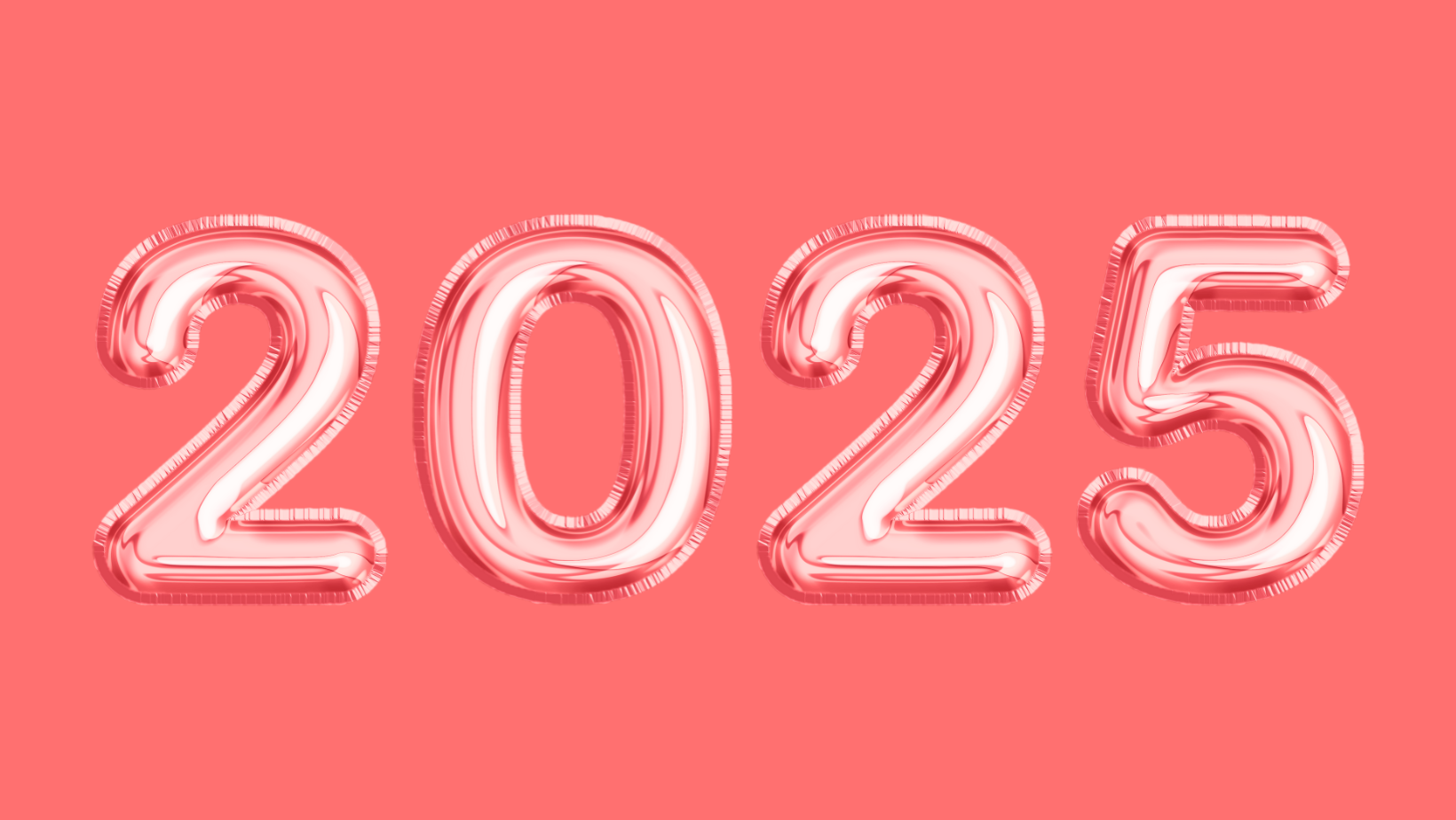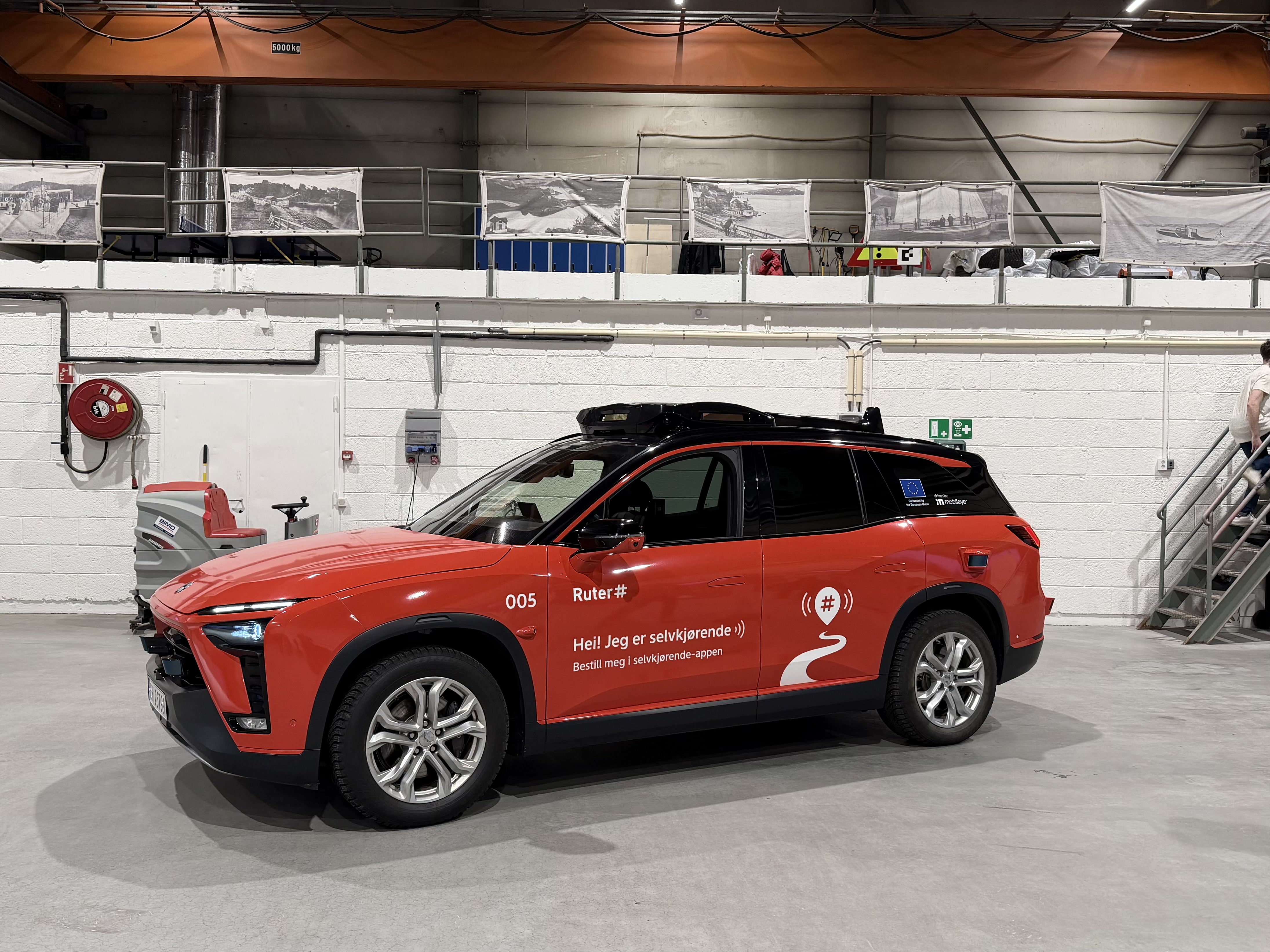On a web page, everything that is displayed… is downloaded.
And everything that is downloaded… consumes energy.
Media (images, videos, fonts, animations…) thus play a key role in the environmental footprint of a site.
So, we began by asking the right questions:
And everything that is downloaded… consumes energy.
Media (images, videos, fonts, animations…) thus play a key role in the environmental footprint of a site.
So, we began by asking the right questions:






